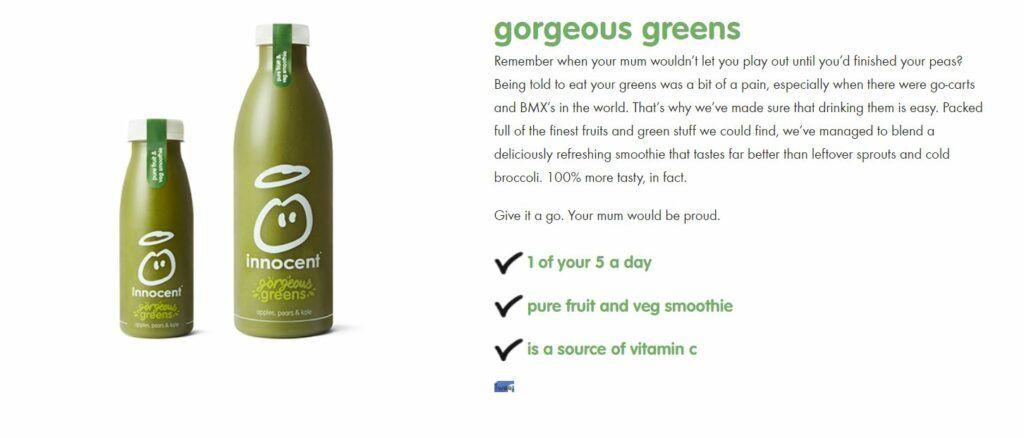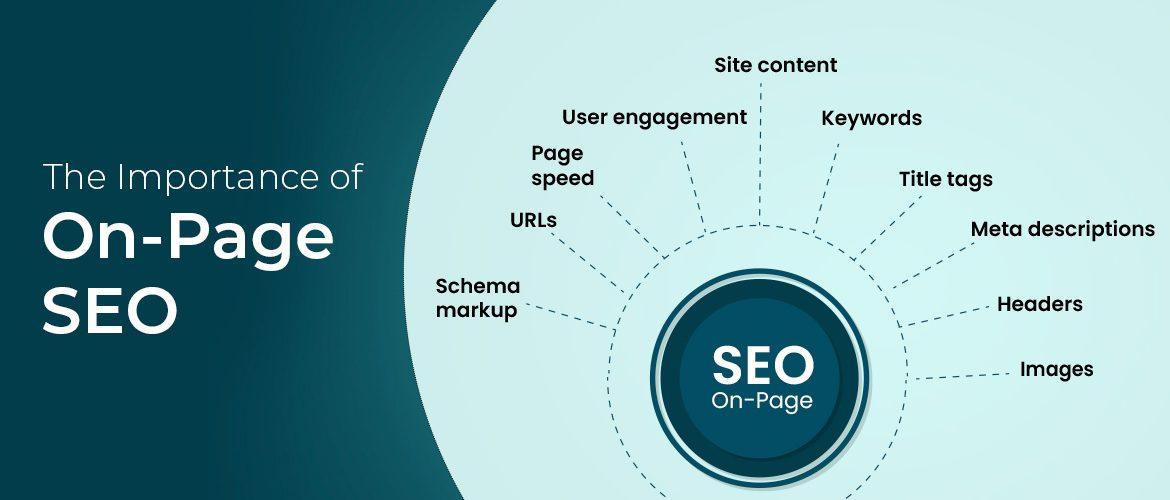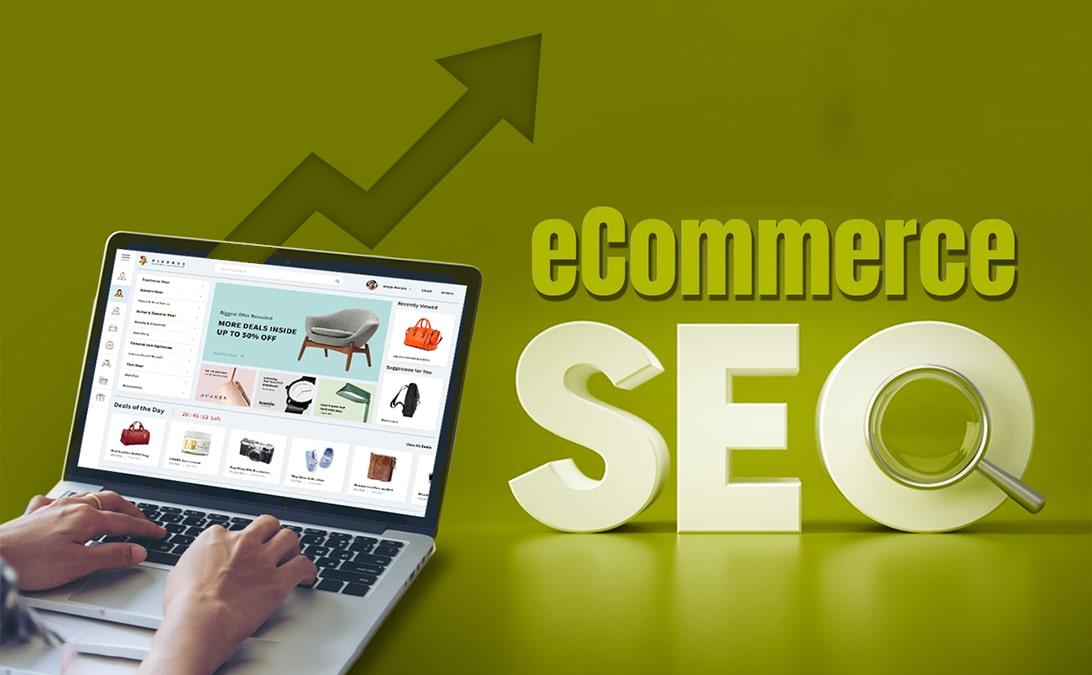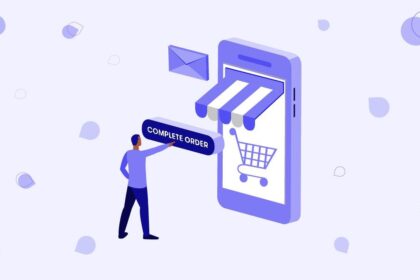In the ever-evolving world of e-commerce, where digital storefronts compete for attention in a vast virtual marketplace, the quest for visibility can often feel like a daunting challenge. As more brands embrace the online realm, standing out amidst the noise requires not just quality products and engaging content, but a strategic approach to search engine optimization (SEO). Enter the essential key to unlocking online success: mastering e-commerce SEO. This article delves into insider tips and expert insights to help you navigate the intricacies of search engine algorithms, optimize your product listings, and ultimately enhance your brand’s discoverability. Whether you’re a seasoned e-commerce entrepreneur or just starting out, our guide offers the tools you need to unlock a world of opportunities and drive traffic to your digital doorsteps. Join us as we explore the essential strategies that can elevate your online business to new heights.
Mastering Keyword Research for E-Commerce Growth
Effective keyword research is the backbone of any successful e-commerce strategy. It starts with understanding the needs and behaviors of your target audience. Begin by conducting a thorough analysis of customer personas and identifying the primary queries they use when searching for products. Utilize tools like Google Keyword Planner, Ahrefs, or SEMrush to find relevant keywords with high search volume yet manageable competition. Focus on long-tail keywords that reflect specific product features or customer intent to capture more qualified traffic. This approach not only enhances your visibility but also leads to higher conversion rates as the audience that finds you through these terms is often closer to making a purchase.
Additionally, consider the context in which keywords are used across various platforms. Organizing your keywords into categories can streamline your content strategy. Here’s a quick overview of how to categorize keywords effectively:
| Category | Examples | Purpose |
|---|---|---|
| Product-specific | “wireless headphones,” “eco-friendly yoga mat” | Target shoppers ready to buy |
| Informational | “how to choose headphones,” “benefits of eco-friendly products” | Attract users at the awareness stage |
| Local | “best headphones near me,” “yoga mats in [City Name]” | Capture local search traffic |

Optimizing Product Descriptions to Drive Traffic
Product descriptions are more than just a few lines of text; they are powerful tools that can significantly influence your e-commerce site’s traffic and conversion rates. To create compelling descriptions, focus on incorporating relevant keywords seamlessly into the flow of the content. This not only improves SEO but also ensures that search engines effectively index your pages. Additionally, tap into the emotions of your potential buyers by crafting narratives that emphasize benefits over features. Always aim to answer potential questions your customers may have, which can increase their engagement and likelihood to purchase.
Furthermore, consider using bullet points for easy readability and to highlight key features and benefits at a glance. Here’s a simple structure you can follow:
| Key Feature | Benefit |
|---|---|
| High Durability | Lasts longer, saving you money in the long run |
| Eco-Friendly Materials | Good for the planet and your conscience! |
| Easy to Use | Suitable for everyone, regardless of skill level |
Integrate rich visuals alongside your descriptions, as images can enhance relevance and drive engagement. Always remember to use calls to action effectively to guide the user towards the next step, whether it’s placing an order or learning more about a product. This strategy not just increases visibility on search engines but also builds a stronger connection with your audience, ultimately leading to improved sales performance.

Leveraging On-Page SEO Techniques for Better Visibility
To enhance your e-commerce website’s visibility, mastering on-page SEO techniques is essential. A well-optimized website ensures that search engines understand your content and prioritize it in search results. Focus on key elements of your product pages, including meta titles and descriptions, which should be crafted to incorporate target keywords seamlessly. Additionally, use header tags strategically; for instance, structuring headers (H1, H2, H3) not only aids readability but also signals the hierarchy of your content to search engines.
Another pivotal aspect is optimizing product imagery. Ensuring images are appropriately sized, compressed, and accompanied by alt text can greatly improve loading times and accessibility while delivering valuable info to search engines. It might also be beneficial to create an internal linking strategy, guiding visitors from high-traffic pages to product pages, enhancing user experience and site navigation. Below is a simple comparison of effective on-page SEO elements:
| SEO Element | Description | Impact on SEO |
|---|---|---|
| Meta Tags | Summarizes page content with essential keywords. | Improves click-through rates and relevancy. |
| Header Tags | Organizes content hierarchy and structure. | Enhances user experience and search engine comprehension. |
| Image Optimization | Sizes images for fast loading and uses descriptive alt text. | Boosts load speed and increases image search traffic. |
| Internal Linking | Links to other pages within the site. | Enhances navigation and distributes page authority. |

Building Quality Backlinks to Enhance Store Authority
Developing a robust backlink profile is essential for boosting your e-commerce site’s authority and search engine visibility. Quality backlinks signify to search engines that your content is valuable and credible. Focus on connecting with reputable sites in your niche, as this helps you tap into established audiences while enhancing your own site’s trustworthiness. To achieve this, consider the following methods:
- Guest Blogging: Write high-quality articles for other websites and include links back to your store.
- Influencer Collaborations: Partner with influencers who can promote your products and link to your site.
- Social Media Sharing: Share your content on social platforms to increase its visibility and attract organic links.
In addition to these strategies, evaluating your competitors’ backlink profiles can provide insights into effective link-building tactics. Use tools to analyze their sources and identify opportunities for your own strategy. Focus on building relationships with relevant publishers and leveraging online communities by providing valuable insights or content. To track and measure the effectiveness of your backlink strategy, maintain an organized table of your backlink sources and their metrics:
| Source | Link Type | Domain Authority |
|---|---|---|
| exampleblog.com | Guest Post | 85 |
| influencerpage.com | Social Mention | 90 |
| industryforum.com | Comment Link | 70 |
Wrapping Up
unlocking success in the world of e-commerce SEO is not just about understanding the algorithms or optimizing keywords; it’s about crafting a compelling digital experience that resonates with your audience. By leveraging these insider tips, you can elevate your online store from obscurity to prominence, ensuring that the right customers find you at the right time. Remember, the landscape of e-commerce is ever-evolving, and the strategies that work today may need to be refreshed tomorrow. Stay curious, adaptive, and committed to delivering value. With persistence and the right approach, you hold the keys to not just surviving the digital marketplace, but thriving in it. Happy optimizing!



